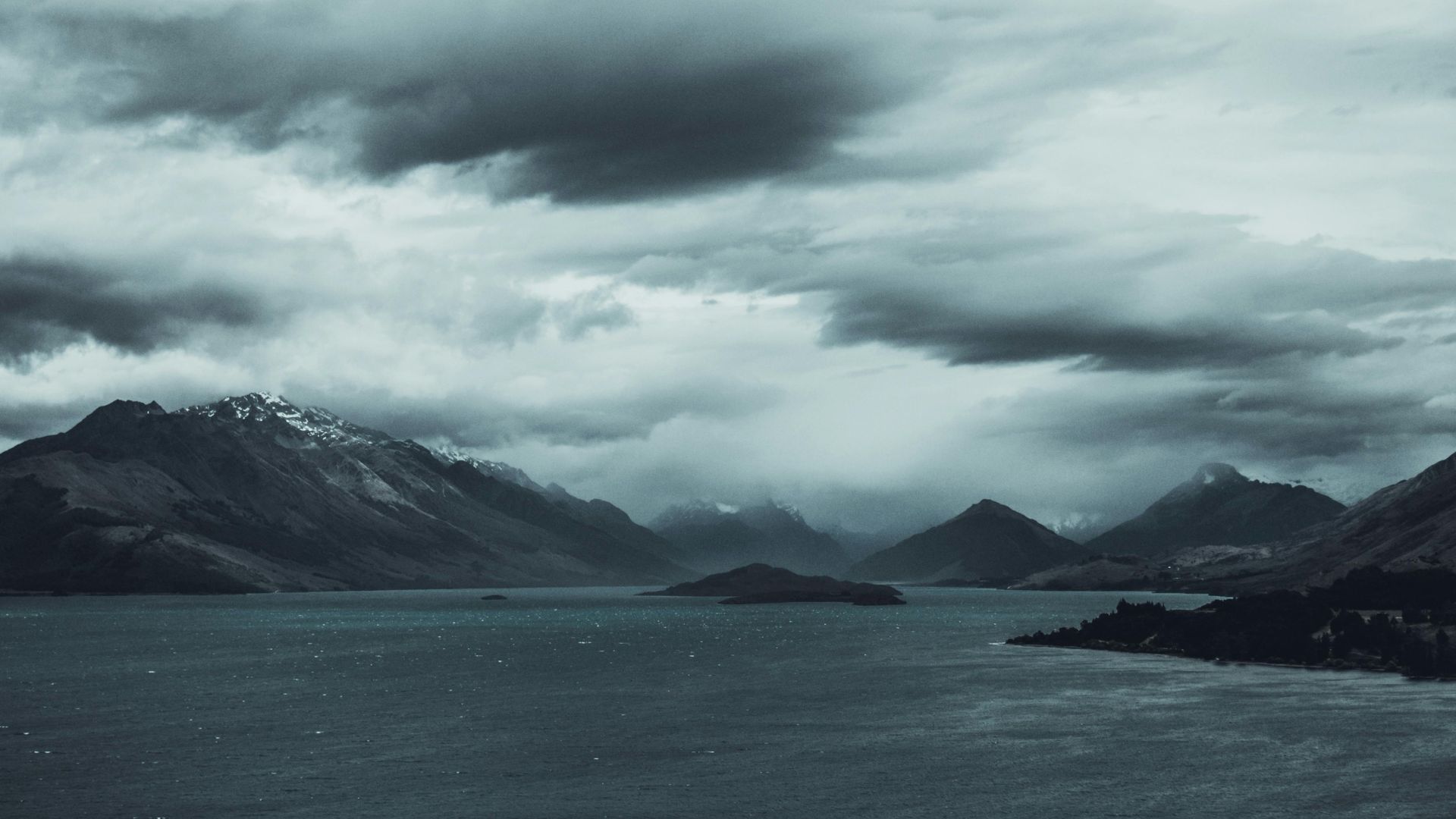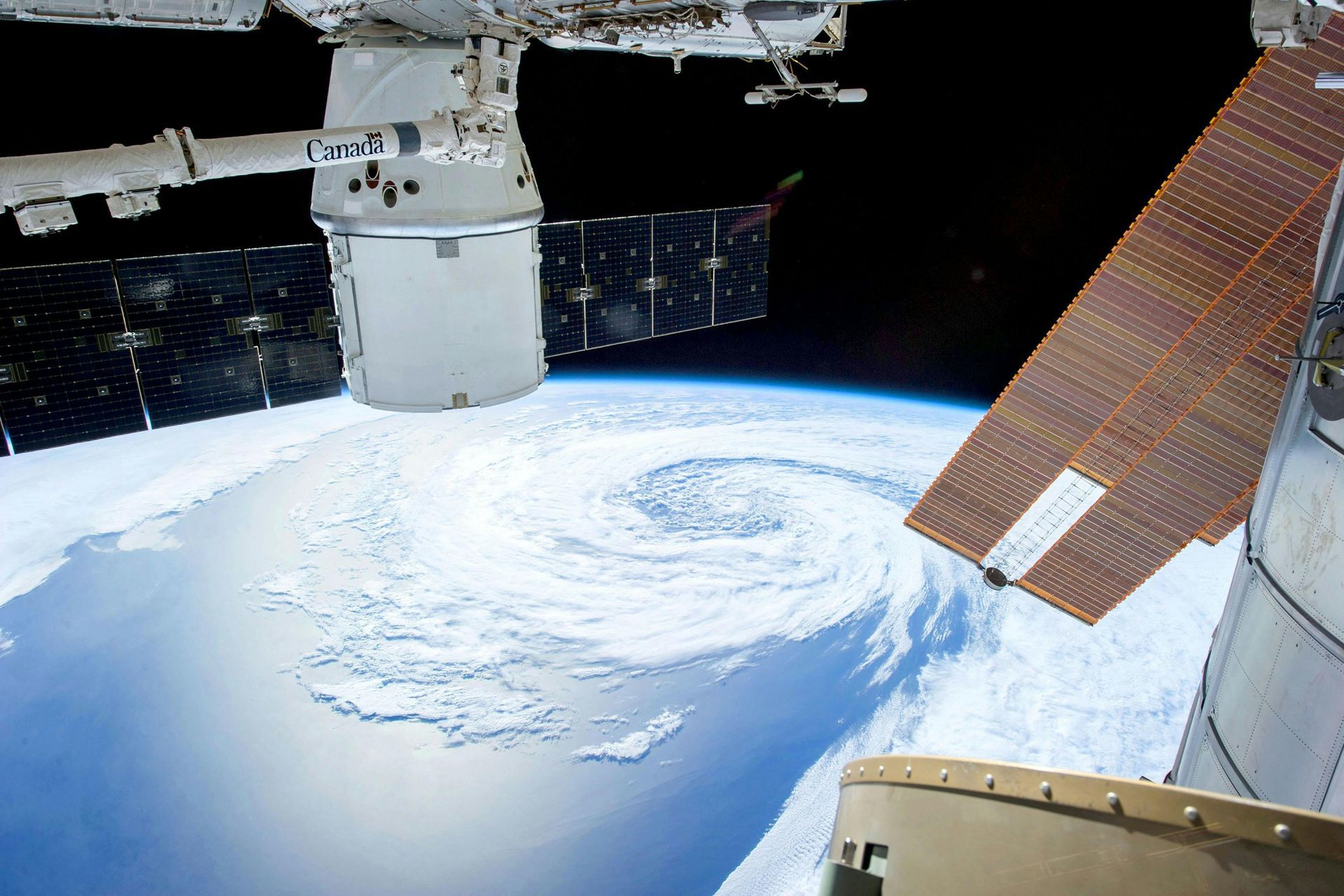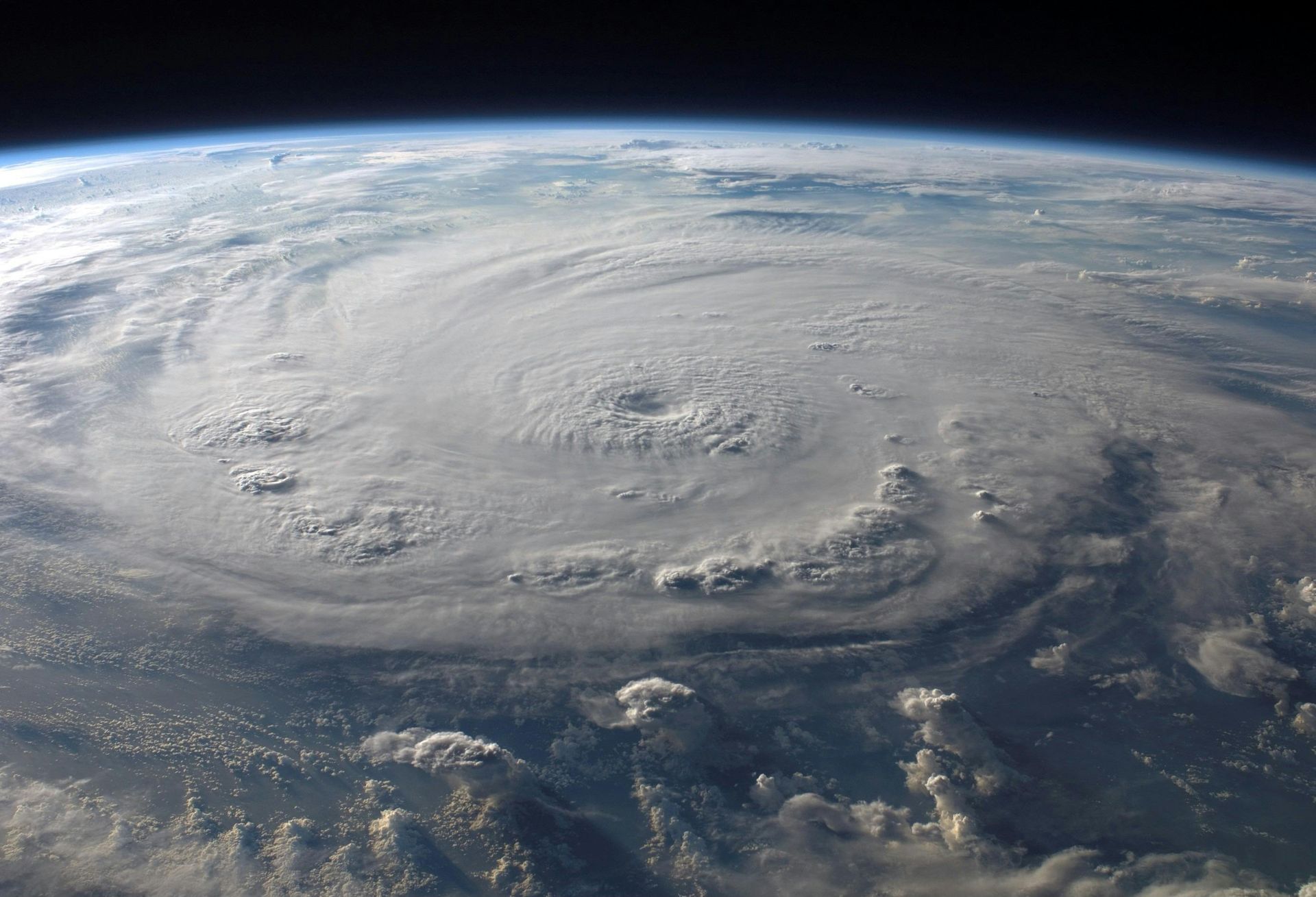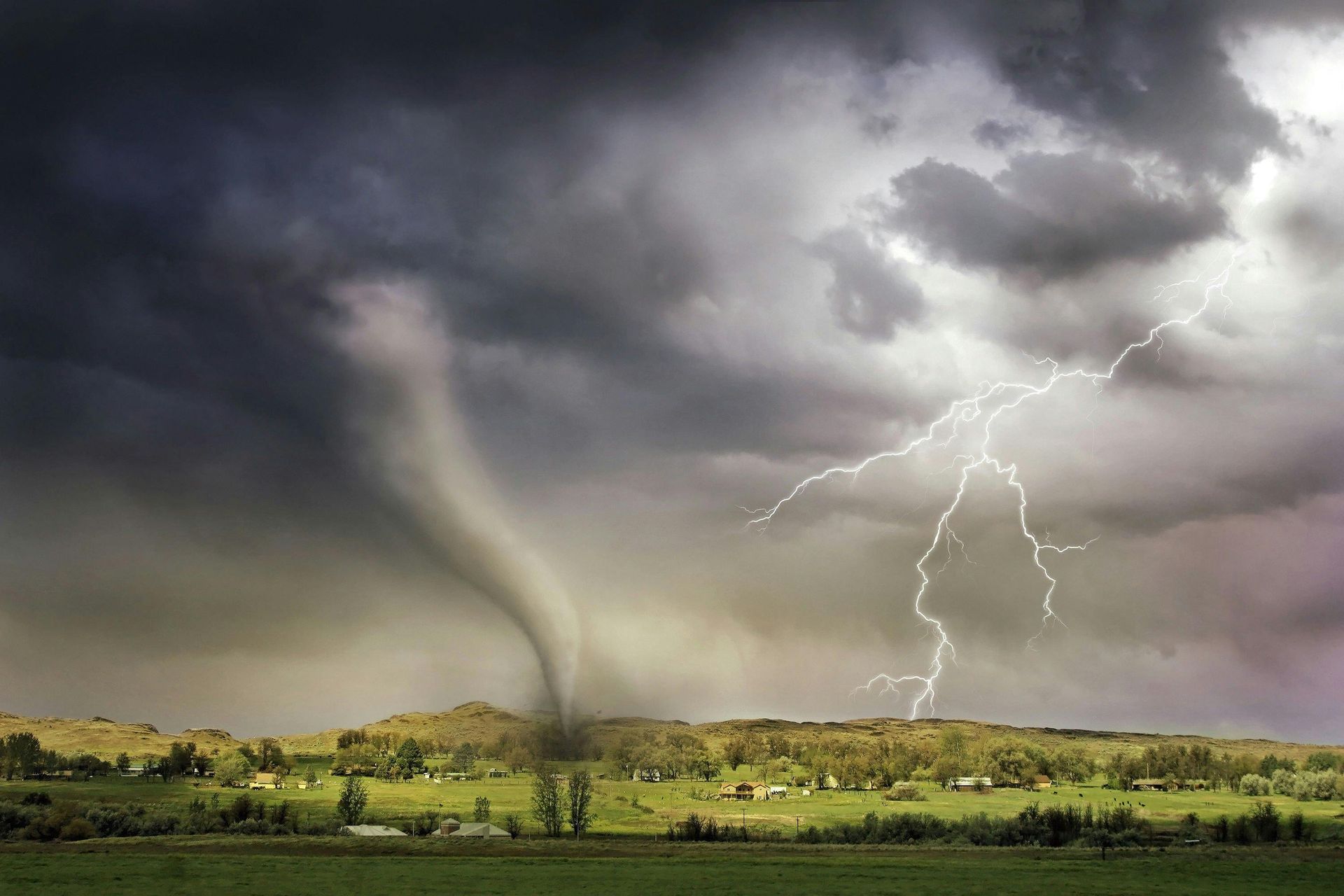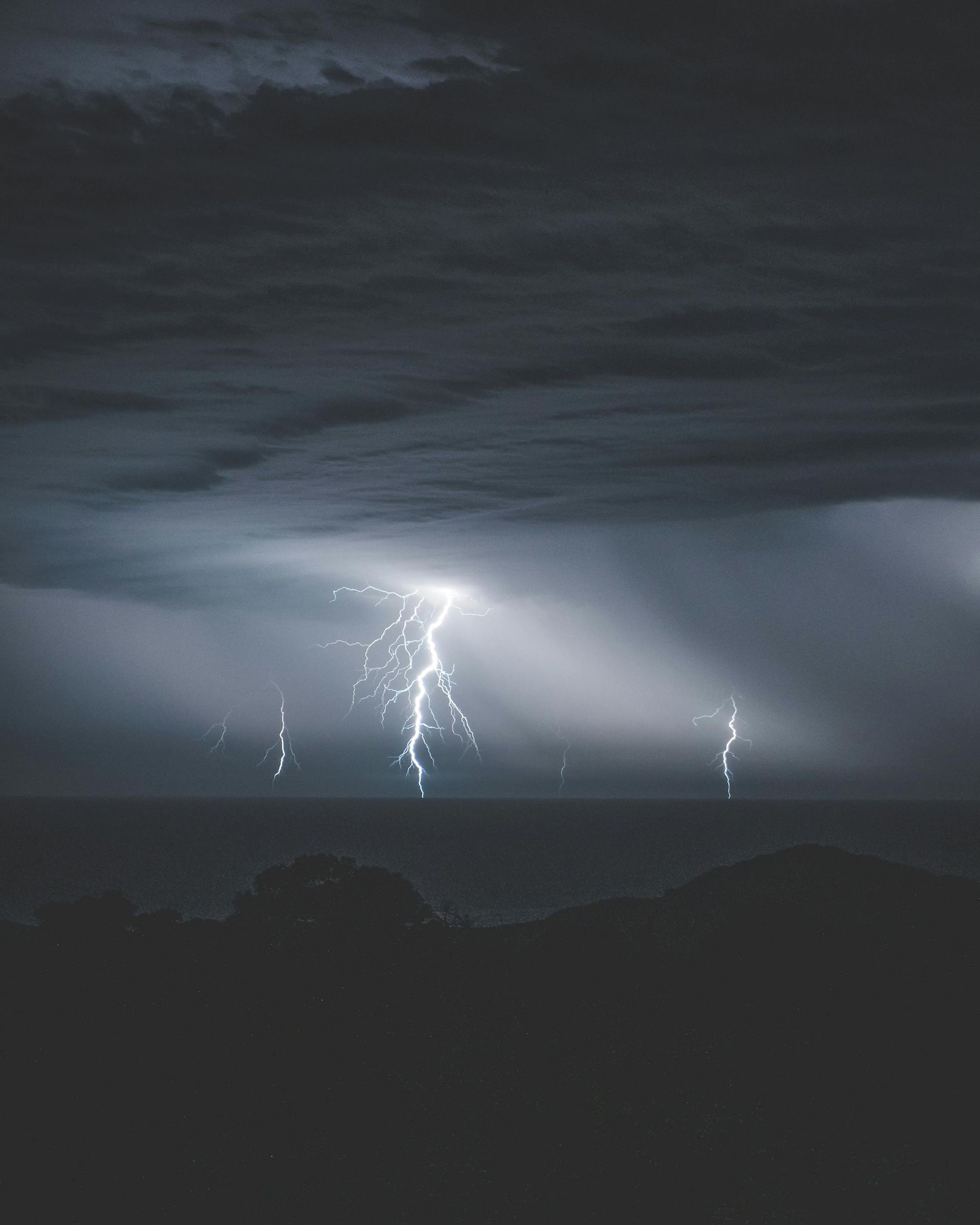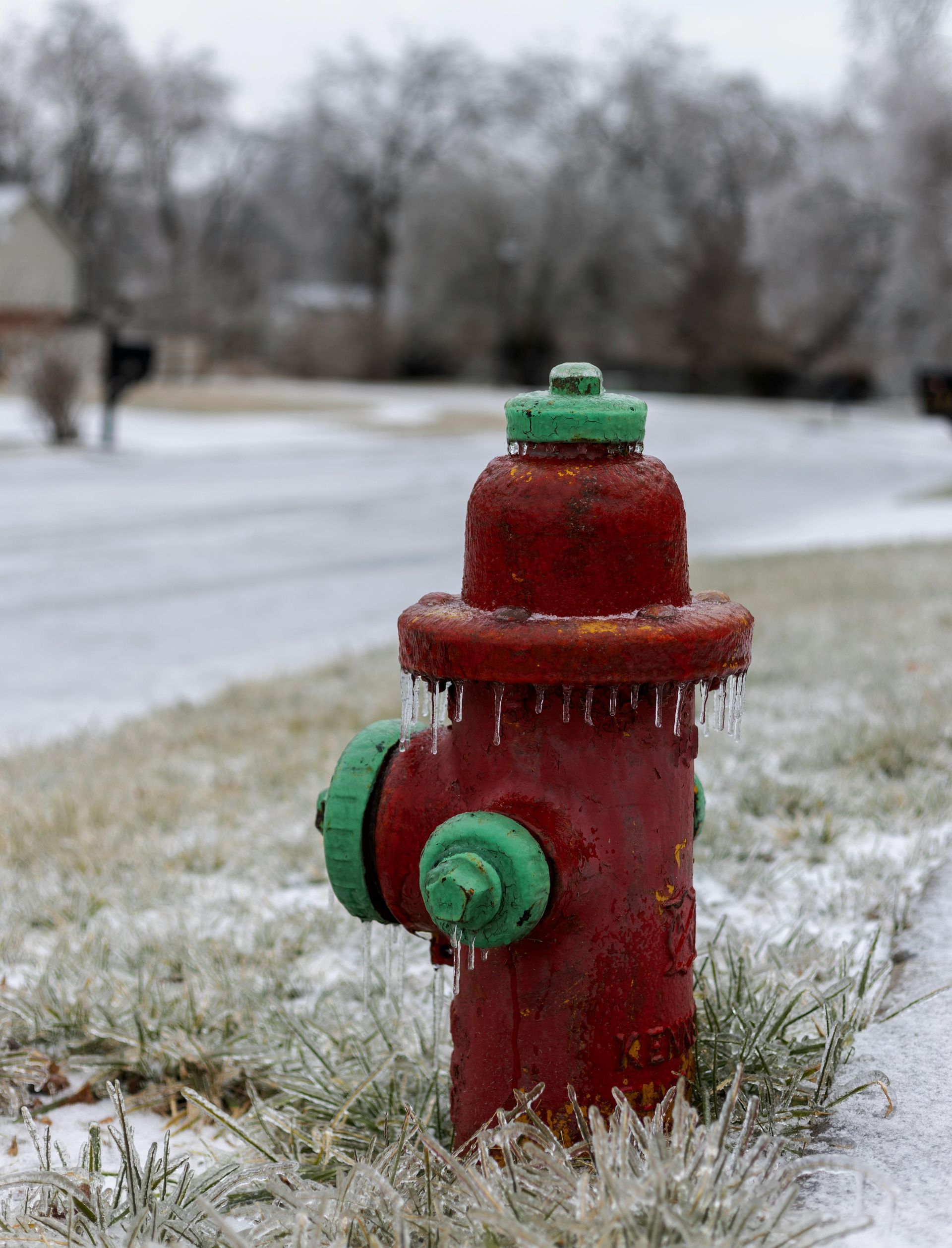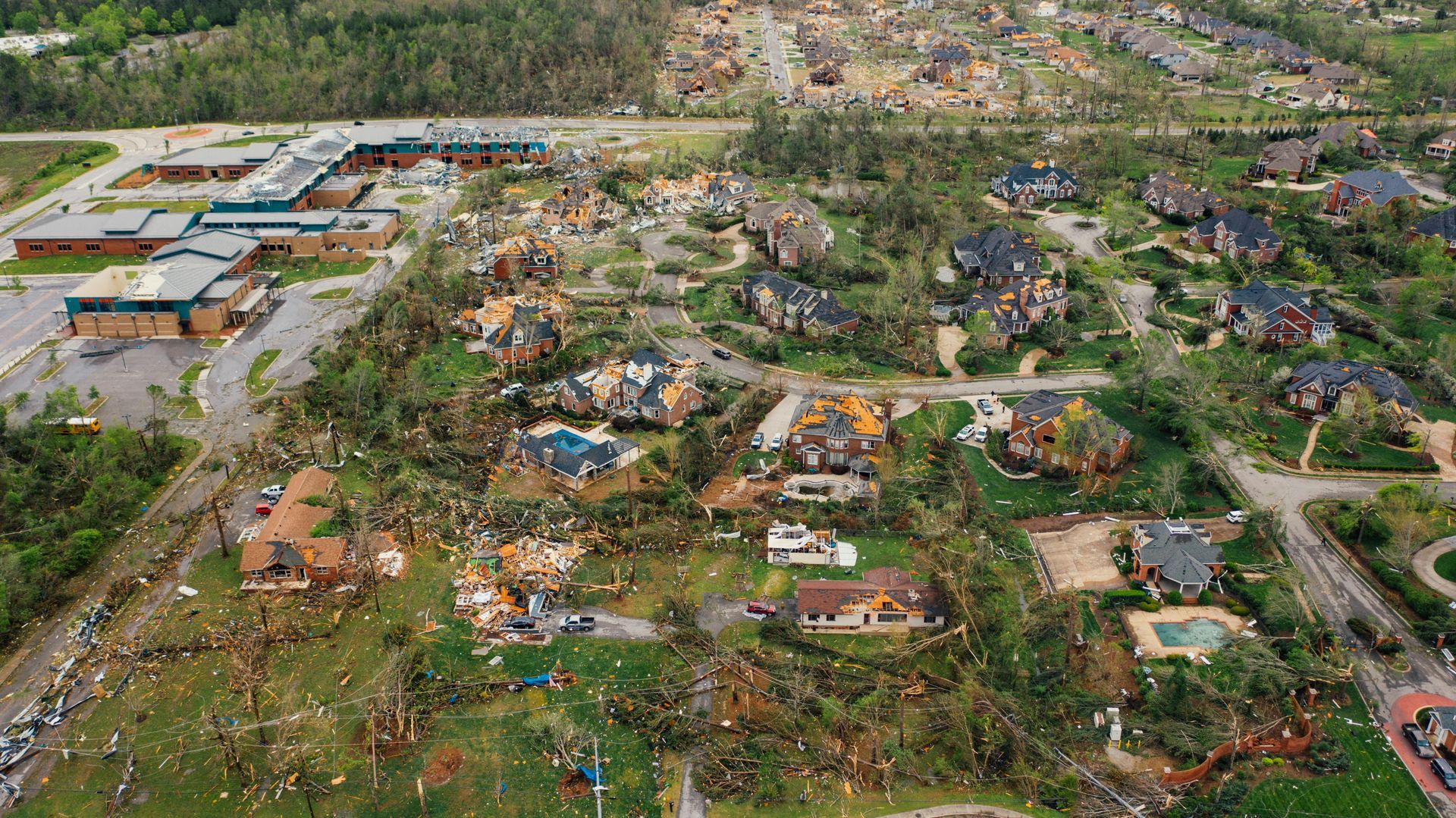10 Myths About Disaster Preparedness
And The Truth behind Them
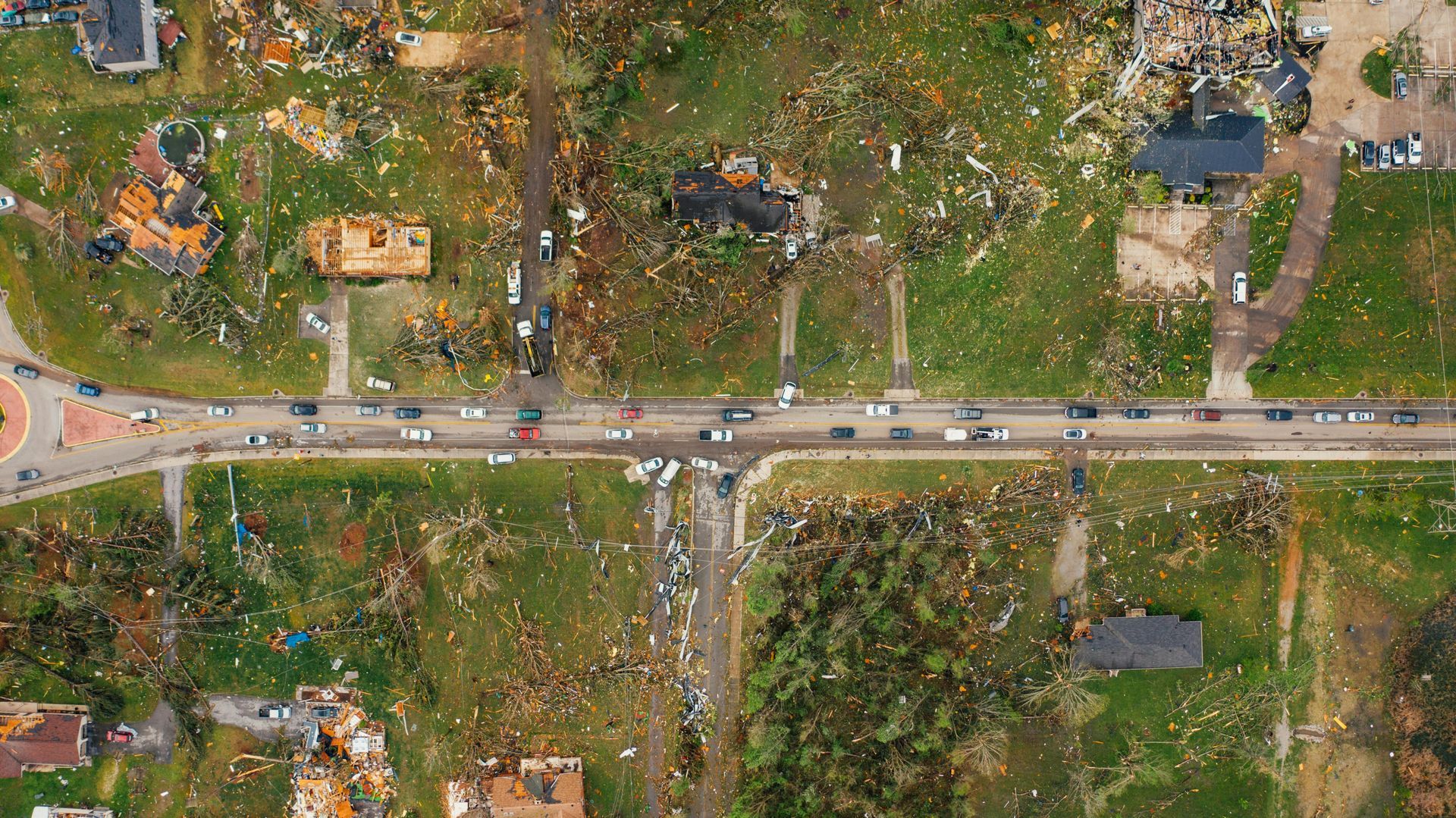
Disaster preparedness is a crucial step in protecting lives and property, yet many misconceptions persist. These myths often create a false sense of security, leaving individuals and communities vulnerable when disasters strike. By debunking these common misunderstandings, you can take control of your safety and ensure you’re better equipped for unexpected events. Let’s explore 10 prevalent myths about disaster preparedness and uncover the truths behind them.
Myth 1: “Disasters won’t happen where I live.”
It’s easy to assume that disasters only happen to other people in far-off places, but this belief is dangerous. No region is immune to natural disasters. Even areas that aren’t prone to hurricanes or tornadoes may face risks like floods, wildfires, or earthquakes. For example, coastal areas are vulnerable to hurricanes, while the Midwest often sees tornadoes, and areas near fault lines are at risk for earthquakes.
The Truth: Every region has unique vulnerabilities. Research your area’s disaster history and risks, and prepare accordingly. For example, if you live in an area prone to flooding, consider waterproofing your basement or understanding evacuation routes. Preparedness is essential no matter where you live.
Myth 2: “I’ll have enough time to prepare once the disaster is forecasted.”
When a hurricane is forecasted, people often rush to buy supplies, leaving store shelves empty. But some disasters, like tornadoes or earthquakes, strike with little to no warning, giving you no time to prepare. Even with early warnings, roads can become congested during evacuations, delaying your escape.
The Truth: Preparedness starts long before a disaster is imminent. Build an emergency kit now with essentials like water, food, flashlights, batteries, and a first-aid kit. Keep your important documents in a waterproof container and make a communication plan with your family. These simple steps ensure you’re ready to act immediately.
Myth 3: “A basic first-aid kit is enough.”
First-aid kits are vital, but they’re just one part of comprehensive disaster preparedness. Relying solely on a basic kit leaves you unprepared for extended disruptions to power, water, or supply chains.
The Truth: Your emergency kit should include more than just first aid supplies. Stock it with enough food and water to last at least 72 hours for each member of your household, along with medications, hygiene products, and extra batteries. Consider the unique needs of your family, such as baby supplies, pet food, or mobility aids.
Myth 4: “Emergency plans are only for families with kids.”
Single adults, couples, and retirees often think emergency planning isn’t relevant to them, but disasters affect everyone. Without a plan, even a simple evacuation can become chaotic.
The Truth: Everyone needs an emergency plan. Identify evacuation routes, meeting points, and emergency contacts. If you live alone, designate a friend or family member as your point of contact and ensure they know your plans. For older adults, consider mobility challenges and medical needs when crafting your plan.
Myth 5: “I don’t need to worry because I have insurance.”
While insurance is crucial for recovering financially after a disaster, it doesn’t prevent the event itself or protect you during it. Waiting for insurance claims to process also takes time, during which you’ll need to rely on your own resources.
The Truth: Insurance is a safety net, not a shield. Take proactive steps to protect yourself and your property, such as reinforcing your home, securing heavy furniture, and creating an emergency kit. These actions can reduce the impact of disasters and protect your loved ones.
Myth 6: “Only people in flood zones need to worry about floods.”
Flood zone maps are a useful guide, but they don’t tell the whole story. Heavy rain, snowmelt, or blocked drainage systems can cause flooding even in areas outside designated flood zones.
The Truth: Flooding can happen almost anywhere. If your area is prone to heavy rainfall, take precautions like elevating electrical systems, sealing your basement, and purchasing flood insurance. Pay attention to local weather reports and know your nearest high ground for evacuation.
Myth 7: “Staying indoors is always the safest option.”
Sheltering in place is often a good strategy during disasters like hurricanes or blizzards, but other situations—such as wildfires, chemical spills, or tsunamis—require evacuation. Misjudging the right course of action can put lives at risk.
The Truth: Know when to stay and when to go. Follow local authorities’ guidance closely, as they base recommendations on real-time assessments. If evacuation orders are issued, act quickly to avoid traffic delays or worsening conditions.
Myth 8: “If I call 911, help will arrive immediately.”
Emergency responders play a critical role during disasters, but they can become overwhelmed when large-scale events occur. During a major disaster, it could take hours or even days for help to arrive.
The Truth: Be prepared to rely on yourself and your neighbors for the first 72 hours after a disaster. Learn basic first aid and CPR, secure your home against common hazards, and ensure you have enough supplies to sustain your household without outside assistance.
Myth 9: “Disasters are acts of fate—I can’t do anything to protect myself.”
Some people believe that disasters are inevitable and beyond their control. While it’s true that you can’t stop a hurricane or earthquake, this mindset ignores the many ways you can reduce risks and increase your chances of survival.
The Truth: While you can’t prevent natural disasters, you can prepare for them. Steps like securing heavy furniture, trimming trees near your home, and creating an emergency plan significantly reduce the risks and impact of disasters. Empowerment through preparedness is key to protecting yourself and your family.
Myth 10: “Preparedness is too expensive and time-consuming.”
The thought of buying supplies, upgrading your home, and taking time to plan may seem daunting, especially for families on a tight budget. This myth often leads to inaction, leaving people unprepared when disaster strikes.
The Truth: Preparedness doesn’t have to break the bank. Start with the essentials—water, non-perishable food, and a flashlight. Gradually build your emergency kit over time, and look for free or low-cost resources like local disaster preparedness workshops or online guides. The time and money you invest now could save lives and prevent costly damage later.
Building a Preparedness Mindset
Breaking through these myths is the first step toward effective disaster preparedness. By understanding the realities of disaster risks and taking proactive measures, you can protect your loved ones, your home, and your peace of mind.
Preparedness is about empowerment, not fear. It’s a way to take control of what you can in an unpredictable world. And remember, preparedness is a journey, not a one-time task—start small, plan thoughtfully, and involve your community.
Prepare Today for a Safer Tomorrow
At Disaster South, we believe preparedness is a shared responsibility. Don’t let these myths hold you back from taking action. Whether you need guidance on creating an emergency kit, securing your property, or planning for recovery, we’re here to help.
Visit our website or contact us today to learn more about how you can take charge of your disaster preparedness. Together, we can create a safer, more resilient future for you and your community. Let’s get started—because when the unexpected happens, preparation is the best protection.


